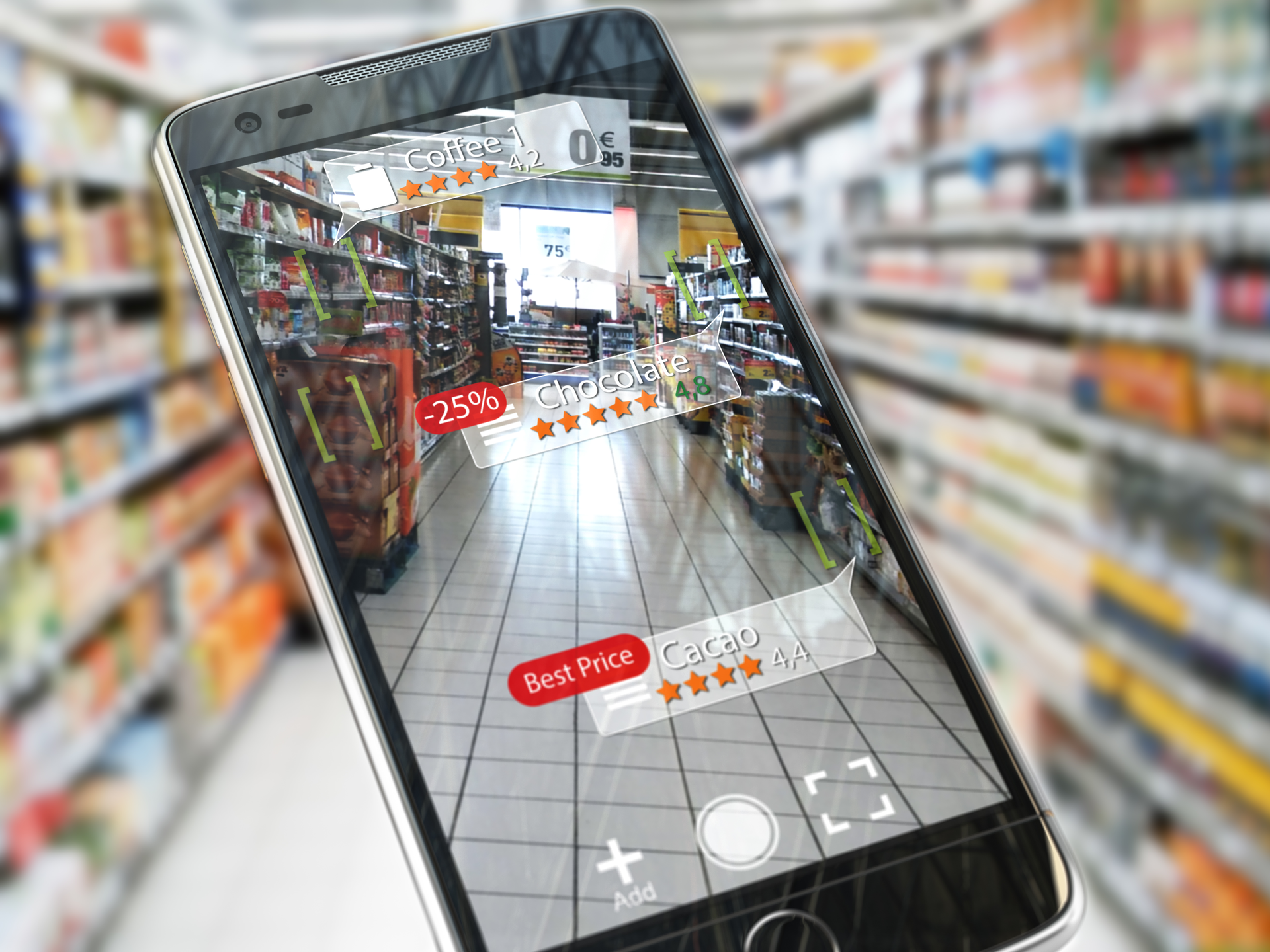At this month’s Groceryshop event in Las Vegas, Coresight CEO and founder Deborah Weinswig shared insights from a survey of retailers which showed their chief priorities. Personalization is very important, but it’s proving to be a moving target. Retailers sell so many different products, to changing consumers with changing needs. In the next year, 40 percent of retailers plan on investing in AI, but that’s not necessarily going to help personalization if the human supervisors don’t point the AI in the right direction.
Personalizing interaction with a physical object is a bigger ask than personalizing an email, but consumers are looking for a personalized experience as they shop. “We expect so much when we go to these [big box] stores,” Wienswig said. There is a lot of room for AI to fill when it comes to shaping the overall experience, either through gamification, or personalizing engagement surrounding the experience, such as engagement with emails or coupons.
In addition, retailers want to reduce waste, and if they are creating a personalized experience, then there is a better chance that the goods will be sold.
AI in retail and CPG
The second day of GroceryShop was much more technical than the first. I attended the AI track, where I absorbed information thick and fast about the applications of AI in retail and CPG. Retail, especially grocery, and CPG are perfect for AI use cases, simply because there are so many items for sale; so many points on the journey for the goods themselves, going from warehouse to shelf; and so many points on the ever-less-direct customer journey.
Until relatively recently, both the supply chain and the customer experience have largely been in human hands. Sure, there have been automated and robotic processes, but not ones which self-correct at scale. For example, how can you figure out which store needs a certain brand of detergent, based on how quickly it had sold in the last 30 days? Sure, you can pull up a spreadsheet and search for the SKUs, but you’re also figuring out what happened to shipment with the diet dog food. How do you predict which stores need which products, and get them off the shelves faster? What about POS? You heard complaints about long lines again.
And if you have an eCommerce line, how do you get the best recommendations to meet the needs of thousands of visitors. Modern retail and eCommerce is too much for human hands and eyes.
What AI is good at, of course, is responding to events at scale, as well as optimizing its response based on results. The more data you have to train it, the better it will work; and if there’s one thing retailers have, it’s data. That’s why there are so many use cases for AI in the retail space. Here are just some:
- Predicting supply chain needs based on sales history, season, weather, consumer trends, etc
- Creating virtual environments, for example to mix and match clothing items, or view furniture in a room setting
- Offering visual product search, with websites matching available products to images uploaded by the customer
- Refining pricing strategy by identifying the right offer to make to the right customer at the right time
- AI-powered chatbots to answer customer questions online; or apps to help store assistants with answers
- Predicting consumer behavior, from understanding not only their current but their future needs, as well as risk of churn.
The list goes on. But of course it’s not a matter of investing in some AI and throwing it into the tech stack. An AI strategy, with specific pain-points and/or outcomes in mind, is the place to start.
SCORE-ing big
Weinswig debuted Coresight’s proprietary SCORE framework, to help retailers (and initially grocery retailers) to configure their AI strategy. SCORE is an acronym, broken down this way:
- S is for smarter customer engagement
- C is for communication
- O is for operational efficiency
- R is for removing friction
- E is for eCommerce/Omnichannel
This isn’t the typical awareness and decision funnel that most marketers and salespeople are familiar with. The SCORE model is a new methodology and guide for retailers to re-examine how they can interact better with their customers with the help of AI. Indeed, the elements of SCORE should be imagined in rotation, so that the last element feeds into the first (not unlike the HubSpot flywheel; see a diagrammatic representation of SCORE here).
What is the customer wants, and how can the retailer get the customer faster and with less friction? AI isn’t a magic wand. But how you can make it best serve your business? That is where something like the CORE framework might be useful.
The customer journey is key
“If you think about how AI can best serve your business, it’s really sales and anticipating demand,” said Weinswig.
This is a unique challenge that AI is equipped to help with, because AI can tell you which products are selling fastest in which stores, and which customers are buying them.
But the rest is up to the retailer and, by extension, the marketer. Once you have successfully narrowed down which customers are buying what, how do you reach them faster? How do you evaporate their pain points and shorten their journeys? This is where the marketer can really shine. Armed with a framework and toolkit to place the customer front and center, the retailer can strategically place product on the shelves with confidence it meets the consumers’ ever-changing needs.







